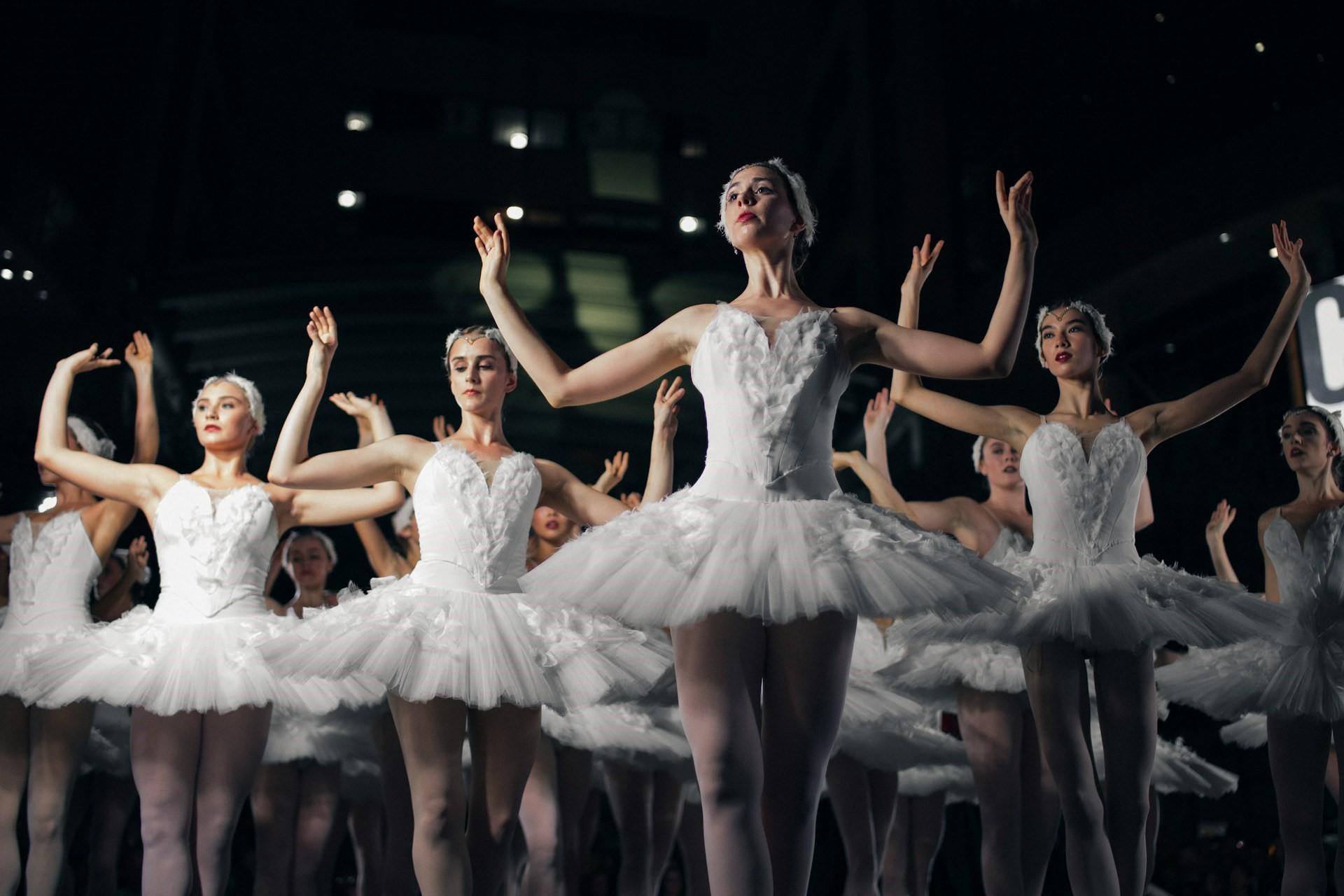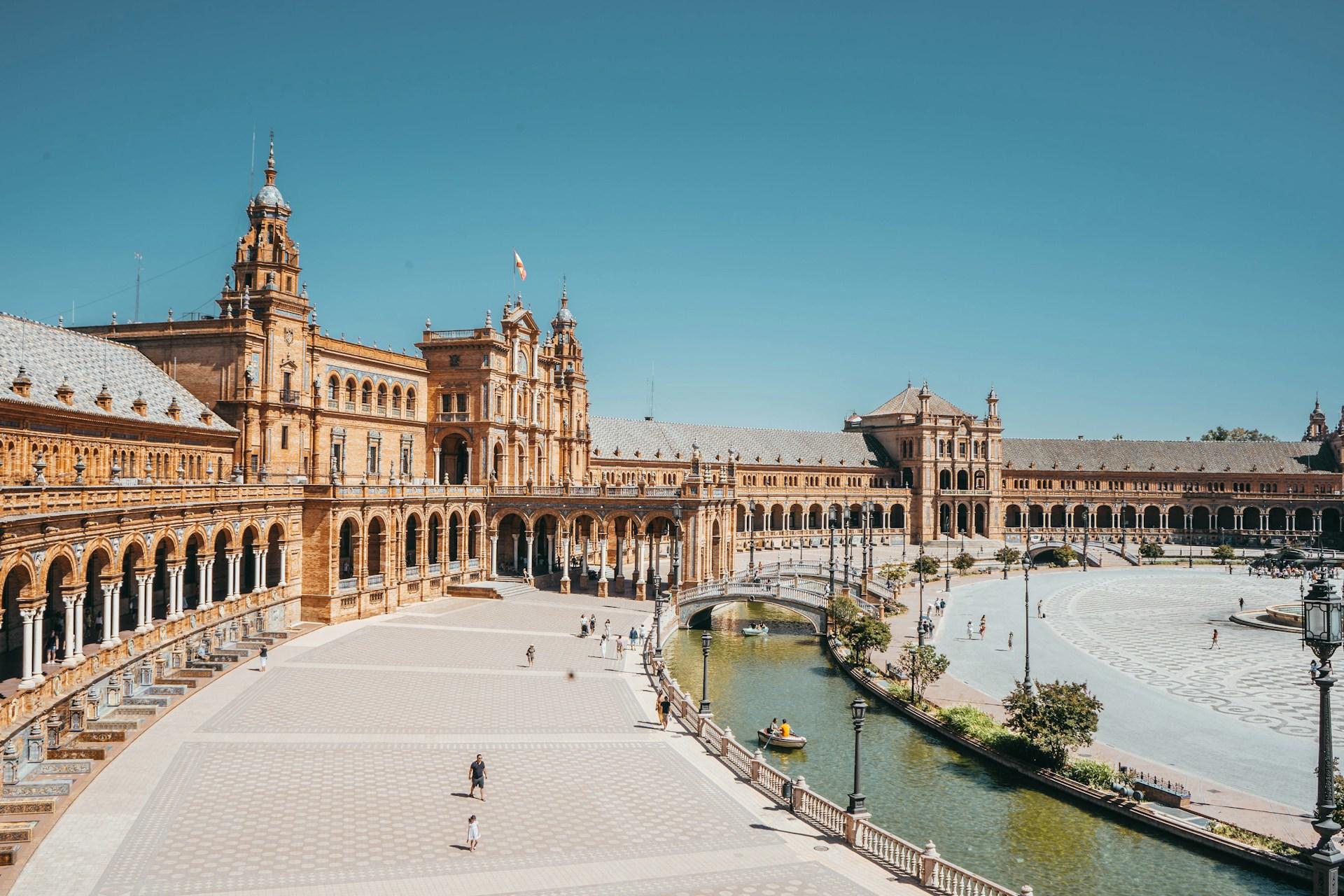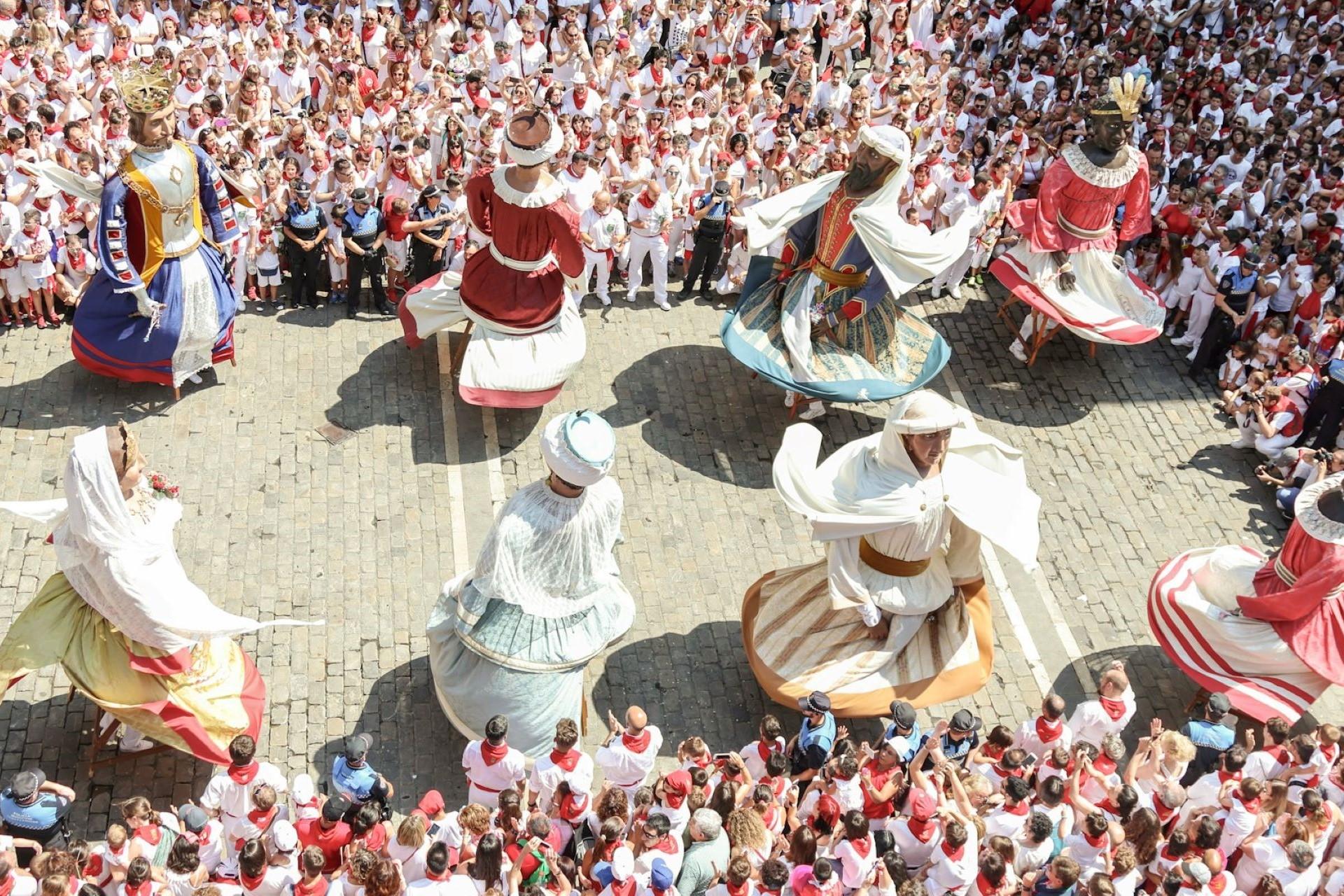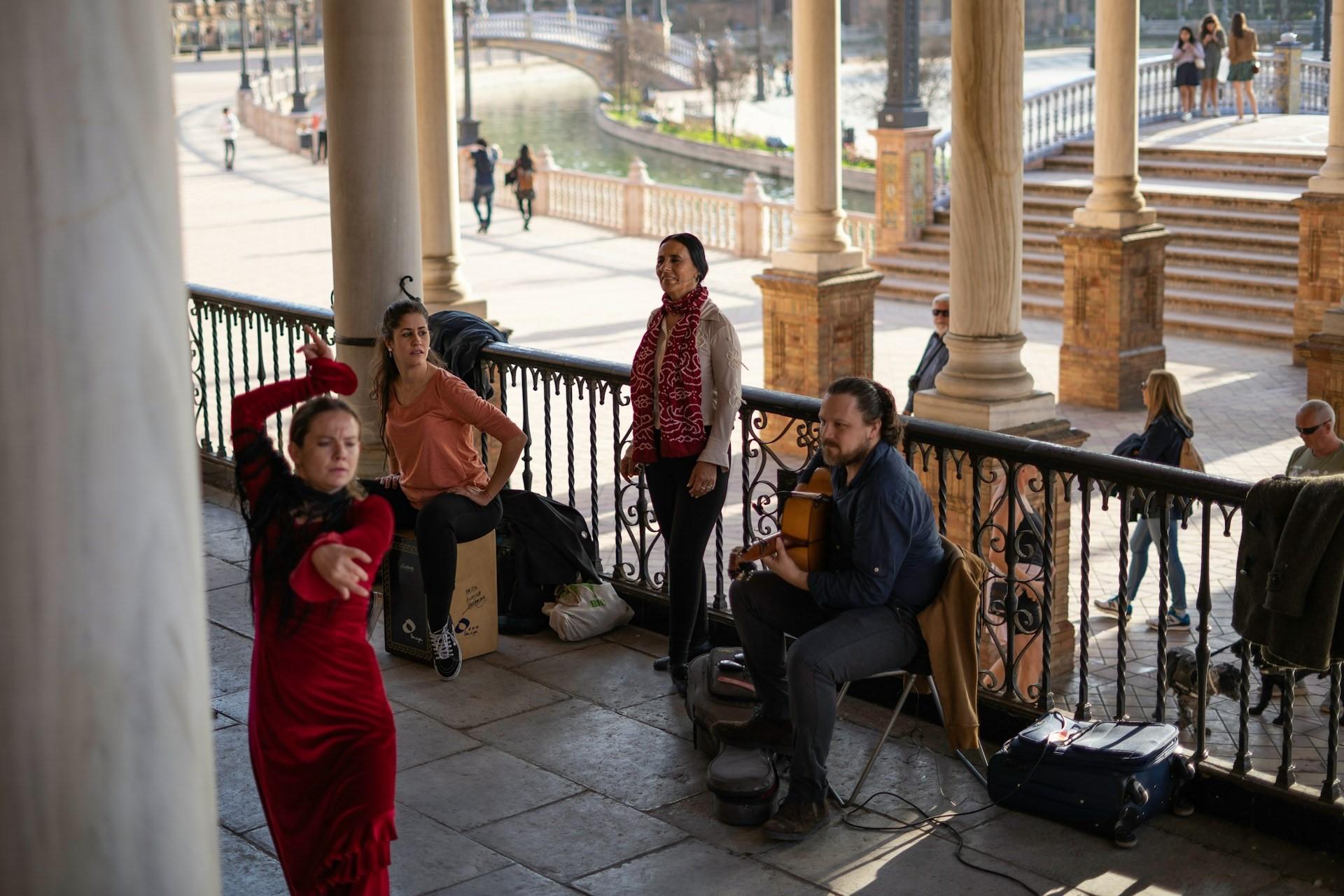"The novelty is the sensitivity of the artist." - Azorin
Spain is the most popular travel destination for 60 per cent of Irish tourists, ahead of Portugal and France.
While the weather is a big reason, there's also the wonderful Spanish culture, including the way of life, the food, and Spanish art.
Today, we delve into the rich world of Spanish dance, a diverse collection of dance styles from Spain, each with its own unique charm and history.

The History of Spanish Dance
Before we explore the myriad styles of Spanish dance, let's take a captivating journey back in time to understand the fascinating history of dancing in Spain.
Dancing is a human endeavour that predates recorded history. Humans have always danced, and by the 15th century, most Spanish regions had their own dances, with Catalonia having over 200 different types of dance.
Under the reign of the Borbon kings in the 18th century, Spanish culture spread across the world, and Spanish dancers started to be recognised for their artistic talents.
Romani Gypsies contributed to arguably the most popular style of Spanish dancing, flamenco, which we'll look at later on in the article.
During the 20th century, Spain's dictatorship of Franco put the brakes on Spanish regional cultures, with the regime limiting and banning most types of activities that it considered to be non-Spanish.
The regime banned everything from regional dances to every language other than Spanish, attempting to create a homogenous Spanish culture across the country.
Despite the efforts of Franco's regime, the rich tapestry of regional dances and languages in Spain not only survived but also continues to thrive, thanks to numerous ongoing revival efforts.
The Different Types of Spanish Dance
Spain's rich regional diversity has given birth to a myriad of dance styles, making Spanish dance a tapestry of diversity and cultural richness. While there is no singular Spanish dance, the variety of dance styles from Spain is a treasure trove waiting to be explored.
Instead, we can enjoy hundreds of dance styles from Spain; the ones we'll talk about here are simply some of the most famous and well-known examples.
Luckily, aspiring dance students can choose whichever style of Spanish dance appeals to them. However, some styles are certainly more accessible than others.
We've put them here in alphabetical order.
Ballet
While ballet was not originally from Spain, it has been part of Spain's dancing culture since the 18th century.
French and Italian dancers heavily influenced early Spanish ballet, but under the reign of King Charles III, it became a mainstay in Spanish courts.
Romantic ballet became popular across Europe and Spain in the 19th century, and ballets with Spanish themes (like Don Quixote) became more common.
By the 20th century, important Spanish institutions, like the National Ballet of Spain, had been founded, making ballet an important part of Spanish dance.

Bolero
Bolero is a traditional Spanish dance style that originated in the country during the 18th century. It combined aspects of Spanish folk dances before becoming popular with the Spanish aristocracy.
Bolero is typically danced to a 3/4 time signature (like waltzes), but the music is often played on guitars and castanets and sometimes with vocal accompaniment.
Bolero dancing involves typically graceful and precise movements with steps, poses, and a focus on balance and poise.
Bolero has influenced many different types of Spanish dance, music, and literature around the world. You may be familiar with "Boléro," the piece by the French composer Maurice Ravel.
Classical
Classical Spanish dancing is the refined form of traditional Spanish folk dancing and classical ballet. It came about following the formalisation of Spanish dances during ballet.
The dance form closely follows the history of ballet and bolero dancing in Spain. When several styles of dance were codified within the Esuela Bolera repertoire, Spanish classical dancing, or danza española clásica, was a part of it. This also included other dances like bolero, fandango seguidilla, and cachucha dances.
Like Bolero, Classical Spanish dance involves intricate footwork, elegant postures, and structured form.
Fandango
Fandango dancing is a lively form of Spanish dancing and is one of the oldest in the country. Much like other styles of Spanish dancing, fandango was influenced by Romani Gypsy dancing, Moorish dancing, and African dancing.
It spread throughout Spain in the 18th century and became popular in parts of Europe and Latin America.
Like many other Spanish dance genres, fandango shouldn't be confused with Latin American dance genres and vice versa. While people from Spain and large parts of Latin America speak Spanish, their dances are different. However, they are often popular in different places.
Flamenco
Flamenco is a style of Spanish dancing that originated in the south of Spain, in the region of Andalusia (known natively as Andalucía). It involves music and dancing, including guitars, castanets, singing, clapping, and clicking your fingers.
Flamenco dancing involves powerful body movements, emotional intensity, and intricate footwork.
Flamenco came from Andalusia, but it wouldn't be flamenco without the influence of Gypsy, Moorish, and Jewish music and dance.
It became widely recognised in the 19th century and is still very popular, particularly in Andalusia. Much like Bollywood dancing, flamenco is a style of dancing you may recognise from films, albeit not Bollywood films.

Folk
When talking about dancing, Spanish folk dancing typically refers to all the different dance practices across the country and will include things like the jota aragonesa, sardanas from Catalonia, muñeira from Galicia and Asturias, or even the Basque zortziko.
It's a broad term, and while it helps differentiate folk and traditional regional dances from contemporary, national, and international dances, you have to remember that folk dancing, like folk music, is typically used to refer to a traditional and local art form with limited codification.
That said, most folk dances in Spain are now codified somehow.

Jota Aragonesa
The jota aragonesa is a type of folk dance from Aragon in the northeast of Spain.
The jota is also a type of folk dance in Spain, but the Aragonese version is particularly interesting and noteworthy.
The music is usually in a 3/4 or 6/8 time signature with an upbeat rhythm. The music features traditional Spanish instruments like guitars, bandurrias, and tambourines.
Like many other folk dances in Spain and other traditional art forms, a jota aragonesa is typically performed in traditional attire, such as long, flowing embroidered skirts and short jackets, vests, trousers, and boots.
Muñeira
The muñeira is a traditional folk dance from Galicia in the northwest of Spain. Much like the jota aragonesa, a muñeira is typically performed to a 6/8 time signature. Still, it's more commonly accompanied by music on a gaita (a type of Galician bagpipe), bombos (large drums), and tambourines.
In fact, Celtic people settled Galicia, and a lot of similarities (like the bagpipes) can be seen. This could be a style of dance for anyone who enjoys Irish dancing for its cultural heritage.
A muñeira is usually performed in a circle with dancers wearing long skirts, aprons, embroidered blouses or vests, trousers, and wide-brimmed hats.
The muñeira isn't unique to Galicia, though. It's also very common in the neighbouring region of Asturias.
Paso Doble
The paso doble is a style of dance that is supposed to represent a bullfight. It means "double step" and is performed to music in a 2/4 time signature, similar to a march.
It's a dramatic and grandiose type of dance, typically performed to music using brass instruments, percussion, and sometimes guitar.
It's similar to ballroom dancing in the way it's performed and the clear structure of the steps involved. It's not like American country dancing, but there are certain similarities.
The Paso Doble evolved from other types of Spanish dancing and became popular in the 20th century.
Sardana
The sardana is a traditional dance from Catalonia. Like many other dances we've mentioned, this is another performed in a circular formation.
The music accompanying the Sardana is played in 2/4 or 4/4 time on a traditional Catalan wind ensemble known as a "cobla". The wind ensemble includes several traditional Catalan instruments.
Sevillana
A sevillana is a traditional dance from Seville, Andalusia. It is performed to music in a 3/4 or 6/8 time signature and includes upbeat and rhythmic music played on guitars, castanets, and instruments like the accordion or violin.

Sevillanas are often performed in festive traditional clothing, such as colourful ruffled flamenco dresses and lace shawls. Male dancers usually wear jackets, trousers, boots, and hats.
Much in the same way you couldn't really do belly dancing without the right attire, a sevillana without the traditional dress always feels off.
If you'd like to learn how to do any of these types of dancing, search for a tutor on the Superprof website and browse their profiles today!
















